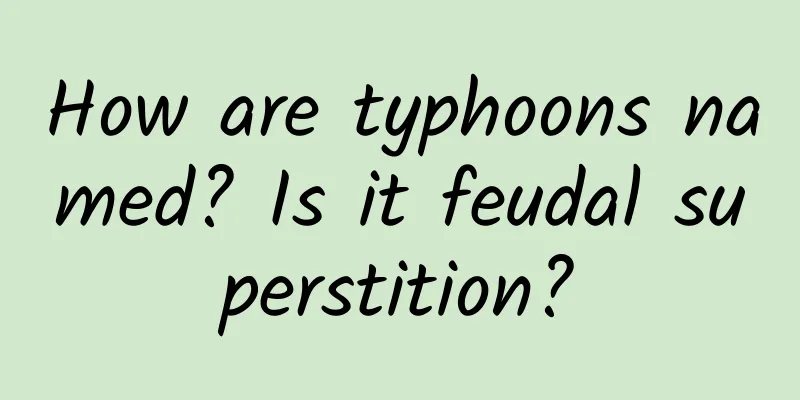The efficacy and function of Dafeiyang

|
Da Feiyang is a traditional Chinese medicine that is relatively familiar to everyone. It has many benefits to our body. If we want to consume it correctly in our lives, we need to have some understanding of Da Feiyang. Let’s take a look at it below. [Other names] Saddle-leaved Bauhinia (Illustrated Description of Main Plants in China, Leguminosae), Butterfly Wind, Bauhinia scabra (Guangxi Chinese Materia Medica), and Night-blooming Jasmine (Catalogue of Guizhou Medicinal Plants). [Source] It is the branches, leaves or roots of the leguminous plant Bauhinia saddleleaf . Harvested in summer and autumn, sun-dried or used fresh. [Original form] A small shrub, about 2 meters high, with young branches, petioles and inflorescences densely covered with rusty short hairs. The leaves are alternate, usually nearly reniform, 2-6 cm long, 3.5-6.5 cm wide, with two lobes at the tip, splitting to 1/3-1/2 of the leaf, with rounded lobes and entire margins. The leaf base is shallowly cordate, densely covered with reddish-brown short soft hairs on the underside, and usually 7-9 basal veins; the petiole is 1-2 cm long. The raceme is umbeled, opposite or terminal to the leaves; there is one bracteole, which is linear-lanceolate; the calyx tube is short, the lobes are broadly oblong, about 5 mm long, and covered with white short soft hairs; there are 6 petals, which are white, narrowly spatulate, and longer than the sepals; there are 10 stamens, 5 long and 5 short; there is 1 pistil, densely covered with tomentose. The pod is rectangular, with a biased apex, a thin pointed tip, a gradually narrowed base, and is glabrous. Flowering period is from May to June. [Habitat distribution] It grows beside streams, ditches, valleys, under sparse woods or in thickets. Distributed in Sichuan, Hubei, Guangxi, Yunnan, Guizhou, Shaanxi and other places. 【Nature and flavor】 Bitter, neutral. 【Functions and indications】 Clears heat and moistens the lungs, nourishes yin and soothes the mind, removes dampness and kills insects. Treat whooping cough, palpitations and insomnia, night sweats and spermatorrhea, scrofula, eczema, and scabies. 【Usage and Dosage】 For external use: mash and apply or decoct in water for washing. For internal use: decoct in water, 0.6-1 liang; soak in wine or grind into powder. [Additional prescription] ① Treat whooping cough: Grind equal amounts of night-blooming jasmine leaves, stemona radix, and pig gallbladder (dried on a kang) into powder. Take three times a day, 3 fen to 1 qian each time, swallow with boiled water on an empty stomach. 【Excerpt】 《*Dictionary》 The above article introduces the role of Da Feiyang. I hope it will be helpful to you in your life. But it is important to note that you should not randomly combine it with other foods. You should consult a professional before making a decision. |
<<: The efficacy and function of yellow loquat leaves
>>: The efficacy and function of Huashan alum root
Recommend
How to make delicious placenta
Placenta is a very common food for many people. M...
The glittering meat, can I eat it?
"A beautiful day is coming to an end. Tomorr...
Top search! Mexico exhibits "alien remains", becoming the "first country to admit the existence of aliens"?
In the past two days, a hot search about aliens h...
What are the effects and functions of the traditional Chinese medicine Ophiopogon japonicus
People who have been drinking Chinese medicine fo...
What are the effects and functions of ginseng root?
Ginseng mainly consists of ginseng beard and gins...
What are the effects of lotus leaf flushing
Lotus leaf is an aquatic plant and is very common...
Oyster Cordyceps militaris
Disease prevention and daily maintenance are clos...
Working all year round and being tired is the right thing to do? He is the first one to disagree!
appendix: 1. Heart disease is a general term for ...
The efficacy and function of yam
Shuliang is rich in nutritional value and has hig...
How to get an elephant to give you a pedicure? Learn from Pavlov
Almost all students who have worked with various ...
Do you know another "Great Wall" in Nanjing?
Speaking of the Great Wall, everyone knows that t...
The efficacy and function of red nan gu leaves
There are many common Chinese medicinal materials...
The efficacy and function of fragrant asafoetida
As people's living standards improve, they pa...
The efficacy and function of Zhuigufeng
As a traditional Chinese medicine, Zhuigufeng has...









